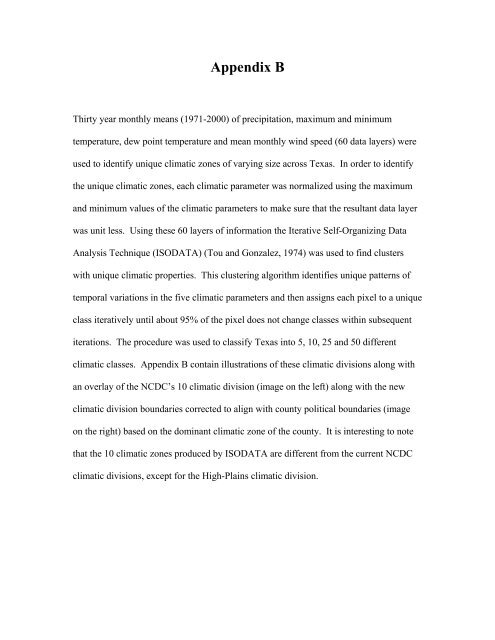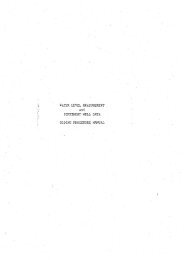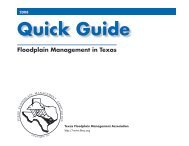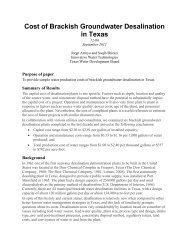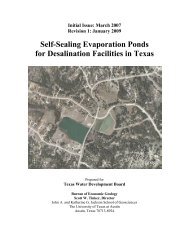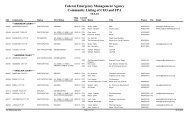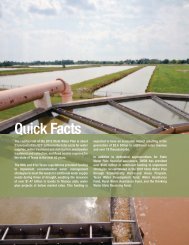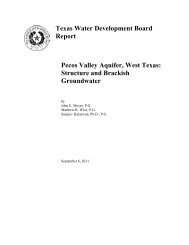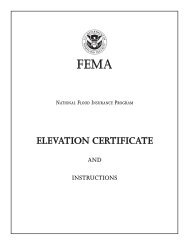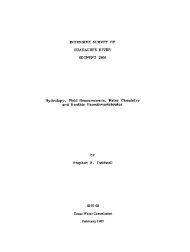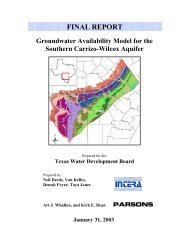Digital Climatic Atlas of Texas - Texas Water Development Board
Digital Climatic Atlas of Texas - Texas Water Development Board
Digital Climatic Atlas of Texas - Texas Water Development Board
You also want an ePaper? Increase the reach of your titles
YUMPU automatically turns print PDFs into web optimized ePapers that Google loves.
Appendix B<br />
Thirty year monthly means (1971-2000) <strong>of</strong> precipitation, maximum and minimum<br />
temperature, dew point temperature and mean monthly wind speed (60 data layers) were<br />
used to identify unique climatic zones <strong>of</strong> varying size across <strong>Texas</strong>. In order to identify<br />
the unique climatic zones, each climatic parameter was normalized using the maximum<br />
and minimum values <strong>of</strong> the climatic parameters to make sure that the resultant data layer<br />
was unit less. Using these 60 layers <strong>of</strong> information the Iterative Self-Organizing Data<br />
Analysis Technique (ISODATA) (Tou and Gonzalez, 1974) was used to find clusters<br />
with unique climatic properties. This clustering algorithm identifies unique patterns <strong>of</strong><br />
temporal variations in the five climatic parameters and then assigns each pixel to a unique<br />
class iteratively until about 95% <strong>of</strong> the pixel does not change classes within subsequent<br />
iterations. The procedure was used to classify <strong>Texas</strong> into 5, 10, 25 and 50 different<br />
climatic classes. Appendix B contain illustrations <strong>of</strong> these climatic divisions along with<br />
an overlay <strong>of</strong> the NCDC’s 10 climatic division (image on the left) along with the new<br />
climatic division boundaries corrected to align with county political boundaries (image<br />
on the right) based on the dominant climatic zone <strong>of</strong> the county. It is interesting to note<br />
that the 10 climatic zones produced by ISODATA are different from the current NCDC<br />
climatic divisions, except for the High-Plains climatic division.


